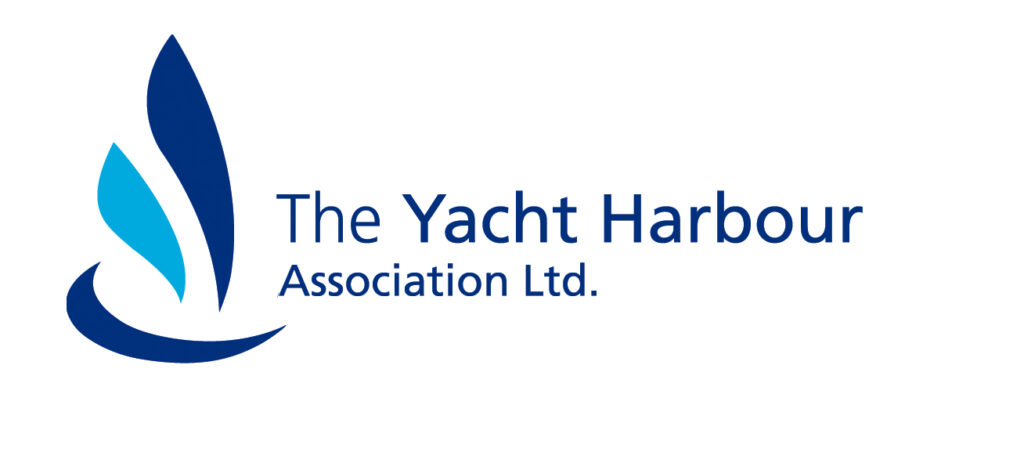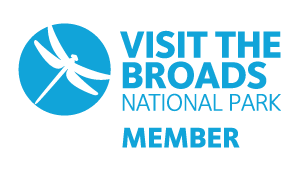National Parks are our birthright, says Andrea Kelly, Senior Ecologist with the Broads Authority. We cherish them and hand them on to the next generation in, hopefully, a better condition. The Broads is unique to the National Park family, being the UK’s largest protected wetland, with river, fen, marsh, woodland and coastal and estuary places, rich in wildlife to be discovered.

Nature on the Broads
It is the Broads Authority’s job to take care of the wildlife across the whole of Britain’s Magical Waterland, and we have long known that an environment that is healthy for wildlife is also healthy for people. For example, high quality, fresh flowing water in rivers not only benefits our wild fish, but is also brilliant for people. Residents get lower water bill rises, as wetlands provide free water purification and there is less carbon in the atmosphere as it is locked-up in peaty soils. We benefit from enjoying more wildlife, such as otters and birds and the local holiday industry gets a boost because visitors are attracted to a beautiful environment.
Over the 20 years that I have been working in the Broads I have seen major improvements in the health of the waterways, so there’s a lot to feel proud of. In terms of water, Anglian Water has invested in waste water treatment. Farmers are taking action to reduce siltation and slowing water flow off the land, which helps reduce flooding and also tops up the ground water storage in aquifers that our crops depend on.
In terms of wildlife, conservation organisations have been removing trees and scrub from fens and managing water flows to create the right conditions for our rare wildlife.

The Broads Authority leads the way on lake and river restoration, removing large quantities of nutrient-polluted silt and developing novel techniques to encourage recovery of fish and water plants in the lakes (locally known as broads).
We also lead on large scale fen management with innovative machines, native ponies to graze these wild places, and traditional reed cutters with contracts, skills and equipment. I mention the reed and sedge cutters, as surprisingly they are rarer than the rare wildlife, but are a vital part of the ecosystem of the Broads. Given all this investment you would expect an automatic increase in wildlife, and there have been some gains. However, the picture is a bit mixed. The challenges that face the Broads are complex and have to be seen over the long term. This is how I see it:
There are more than 11,000 species in the Broads. Unbelievably 1,200 of these are a priority for special conservation action. Some of our priority species are winners, such as the otter, which is recovering throughout the UK following its near disappearance in the 1960s. New information suggests we can’t take this recovery for granted as the population has low genetic diversity and high risk of mortality. Other winners are the hundreds of marsh harriers and around 15 pairs of bittern in the Broads, all a sign that the habitat is getting healthier and able to support predators at the top of the food chain.

Some priority species are just holding on and depend on our conservation work. For example, the barn owl almost entirely depends on provision of artificial nest boxes and farmers leaving rough grass area suitable for voles, the food of the owls.
Another example of a species that needs conservation management is the swallowtail butterfly, the largest British butterfly which is utterly unique to the Broads. Like the 66 other species that depend on the Broads for survival in the UK, these are what I call ‘business critical’ species.
So a lot of effort is spent on maintaining the rich fens and reed beds that the caterpillar of this butterfly needs for its survival. The swallowtail can be seen in June and, in warm summers, a second batch may emerge from August to September. Single eggs are laid on milk parsley. Young caterpillars are black and white like a bird dropping. Older ones are green with orange and black stripes.

As Swallowtails depend on just one plant species, milk parsley, the impact of salt tides or fens drying out is a concern over the longer term, with predicted changing climate and sea level rise.
It is possible to bring back species from the brink of extinction.
One special project the Broads Authority has supported is the return of the amazing Fen Raft Spider, the UK’s largest spider that had become restricted to a small handful of sites in Britain and which would have once been widespread across the Broads wetland. This spider creates nursery webs on water plants, such as the emerging spear-like leaves of the water soldier, found in high quality water in marsh dykes. This is one of the reasons that farmers managing field run-off around the Broads plays such a critical role in the future of wildlife.

The species stories go on and on and never stay still. What is the story that you are going to tell about the Broads wildlife? Perhaps the return of the cranes and their breeding success in quiet areas, maybe the spectacle of hundreds of seals and their pups on the beach at Horsey in the winter, or the thousands of wintering water birds jammed into Breydon estuary. Perhaps it will be that you caught a glimpse of a big brown bird that looked a bit like a heron that could have just been a rare bittern, or perhaps a cute teddy-bear face of the Chinese water deer that is more common here than in China!
The Broads is a place of endless romance, endless tales by the river bank. You don’t have to be a specialist to feel part of it. We can all enjoy bird song and you don’t need to know which butterfly or dragonfly is which as they whizz by on their way to a nature reserve. The important thing is knowing that this nature is yours, your family’s, the next generation’s and secure in the National Park family. So I invite you to look closer, think deeper and smile wider.














